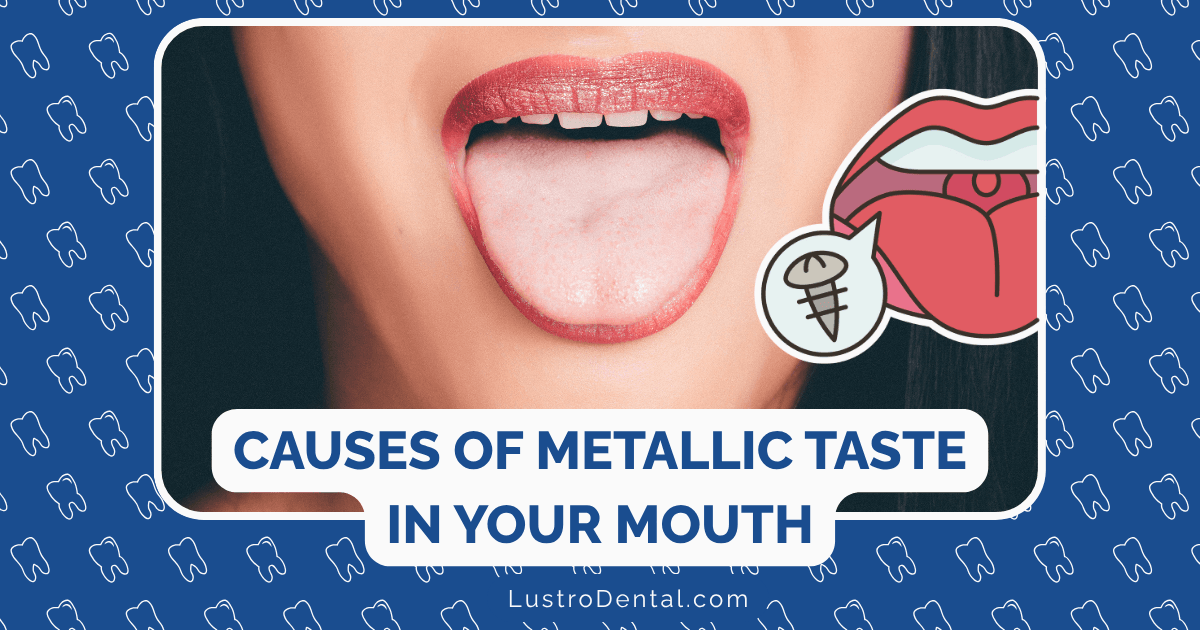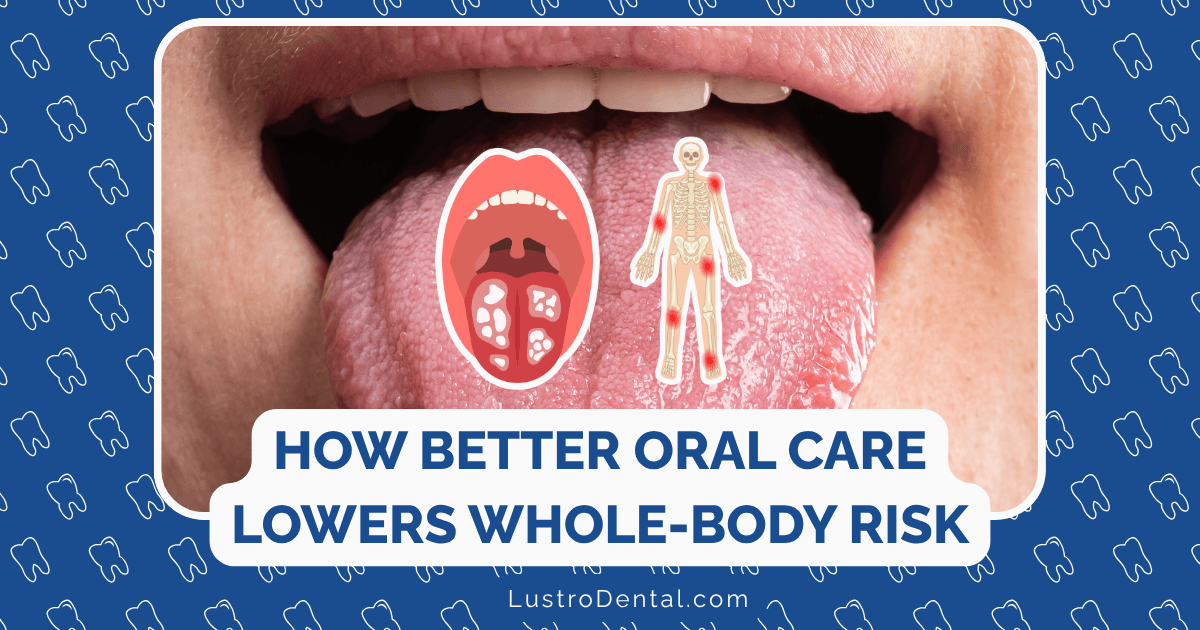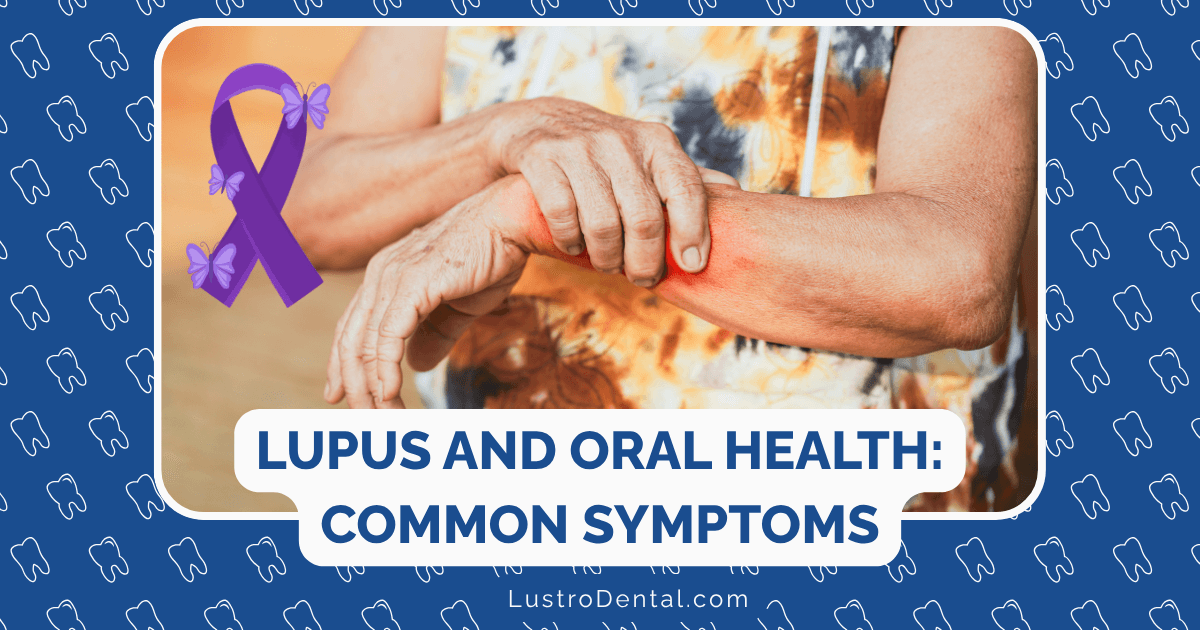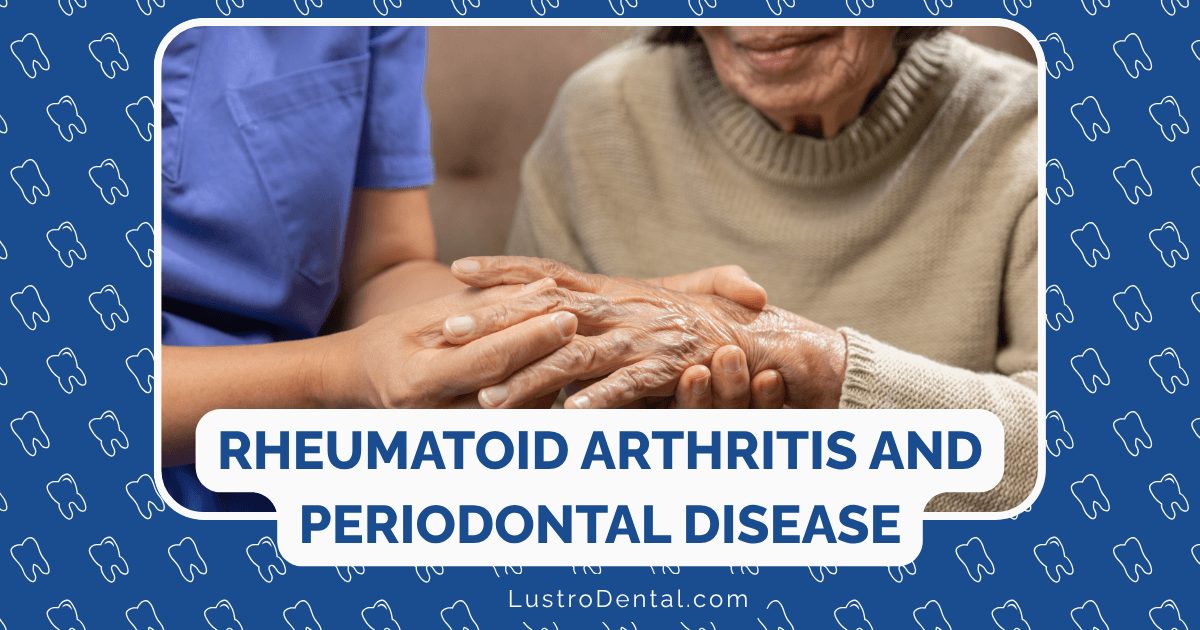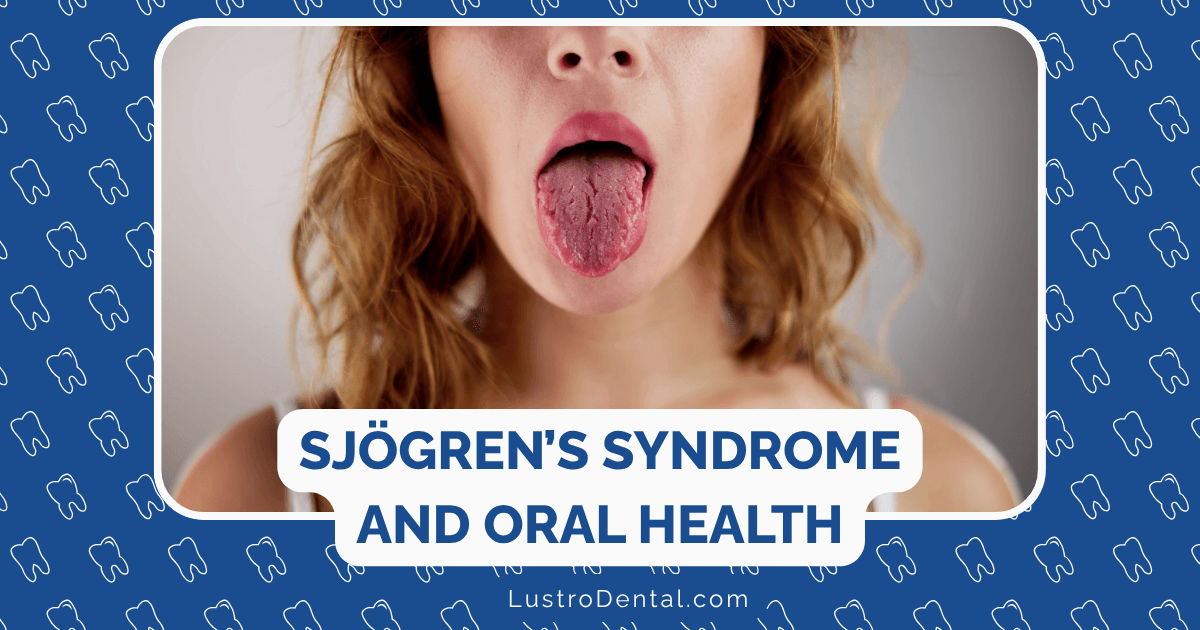The Impact of Mouth Breathing on Oral and Respiratory Health
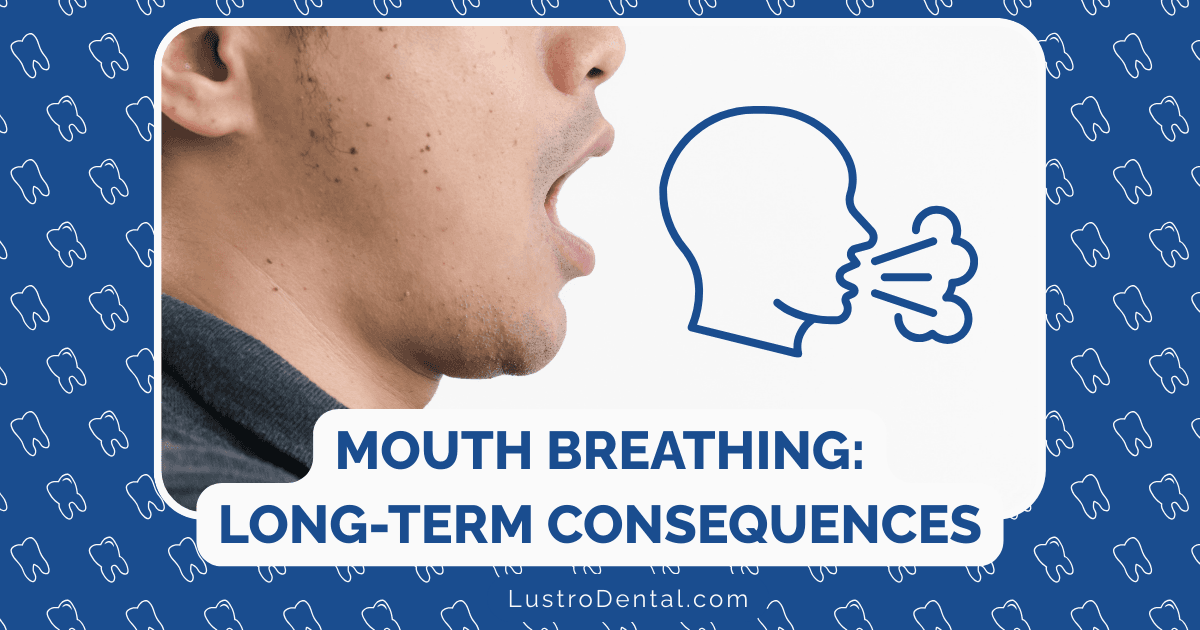
While breathing is something most of us do without conscious thought, how we breathe—through our nose or mouth—can significantly impact our health. Nasal breathing is the physiologically correct way to breathe, filtering, warming, and humidifying the air before it reaches our lungs. In contrast, mouth breathing bypasses these natural defense mechanisms and can lead to a cascade of health issues affecting both oral and respiratory systems.
Recent research has shed new light on just how profound these impacts can be. This article explores the far-reaching consequences of chronic mouth breathing and what can be done to address this often-overlooked health concern.
Understanding Mouth Breathing: Causes and Prevalence
Mouth breathing occurs when air is primarily inhaled and exhaled through the mouth rather than the nose. While occasional mouth breathing during intense physical activity or when experiencing nasal congestion is normal, chronic mouth breathing is not.
Prevalence
Mouth breathing is surprisingly common:
- A recent study found that approximately 55% of children between ages three and nine were identified as mouth breathers
- Among adults, prevalence estimates vary, but research suggests between 10-25% of adults habitually breathe through their mouths
- The prevalence increases significantly in those with allergies, asthma, and sleep disorders
Common Causes
Several factors can contribute to chronic mouth breathing:
- Nasal Obstruction:
- Allergic rhinitis (accounts for 81.4% of cases in children)
- Chronic sinusitis
- Deviated septum
- Nasal polyps
- Enlarged Tissues:
- Adenoid hypertrophy (79.2% of pediatric cases)
- Enlarged tonsils (12.6% of pediatric cases)
- Habitual Factors:
- Prolonged pacifier use
- Thumb sucking
- Tongue-tie or other orofacial myofunctional disorders
- Structural Issues:
- Congenital nasal deformities
- Cleft palate or lip
Dr. Sarah Johnson, otolaryngologist at Mayo Clinic, explains: “Many people don’t realize they’re breathing through their mouth, especially during sleep. This unconscious habit can develop early in childhood and persist throughout life if not addressed, leading to numerous health complications.”
The Impact on Oral Health
Mouth breathing can have devastating effects on oral health, affecting everything from tooth decay risk to gum health and oral microbiome balance.
Dry Mouth (Xerostomia)
One of the most immediate consequences of mouth breathing is dry mouth. A 2025 study published in the Journal of Dental Research found that chronic mouth breathers experienced significantly reduced salivary flow compared to nasal breathers.
This matters because saliva plays crucial roles in oral health:
- Acid neutralization: Saliva helps neutralize acids produced by bacteria
- Antimicrobial action: Contains enzymes that fight harmful bacteria
- Remineralization: Provides calcium and phosphate to strengthen tooth enamel
- Food clearance: Washes away food particles that could feed bacteria
“When the mouth becomes dry due to constant air passage, the protective functions of saliva are compromised,” notes Dr. Michael Chen, periodontist at the University of California. “This creates an ideal environment for bacterial overgrowth and acid production.”
Increased Risk of Dental Caries
The reduction in saliva creates a perfect storm for tooth decay:
- A recent study showed that 95% of children and young adults with chronic mouth breathing developed tooth decay, compared to only 35% of nasal breathers
- Mouth breathers are 3.4 times more likely to develop multiple cavities than nasal breathers
- The risk is particularly high in the upper front teeth, which are most exposed to air flow
Gum Disease and Inflammation
Chronic mouth breathing is strongly associated with gum problems:
- Gingivitis: The dry environment and altered bacterial composition lead to gum inflammation
- Periodontitis: If untreated, this inflammation can progress to more serious periodontal disease
- Gingival hyperplasia: Some mouth breathers develop overgrown gum tissue, particularly in the upper front teeth area
Research published in Oral Health Group in 2024 found that mouth breathers were 2.5 times more likely to develop severe gingival inflammation compared to nasal breathers, even when controlling for oral hygiene practices.
Halitosis (Bad Breath)
Bad breath is a common complaint among mouth breathers, caused by:
- Dry oral tissues that collect dead cells
- Increased bacterial activity in the mouth
- Changes in oral pH that favor odor-producing bacteria
- Reduced saliva flow that would normally wash away odor-causing substances
Altered Oral Microbiome
Emerging research suggests mouth breathing significantly alters the oral microbiome—the complex community of bacteria in the mouth:
- Increases in pathogenic bacteria like Streptococcus mutans (associated with cavities)
- Decreases in beneficial bacteria that help maintain oral health
- Shifts in bacterial metabolism that favor acid production
A 2025 study using advanced genomic sequencing found distinct differences in the oral microbiome composition between habitual mouth breathers and nasal breathers, with mouth breathers showing less diversity and more pathogenic species.
The Impact on Facial and Dental Development
Perhaps one of the most visually apparent effects of chronic mouth breathing, especially in children, is its impact on facial growth and dental development.
Facial Growth Alterations
When children breathe through their mouths during critical growth periods, it can lead to what specialists call “adenoid facies” or “long face syndrome,” characterized by:
- Elongated facial structure
- Narrow upper jaw (maxilla)
- Retruded (set-back) lower jaw
- Flattened cheekbones
- Dark circles under the eyes
- Narrow nostrils
- Shortened upper lip and incompetent lip seal
Dr. Elizabeth Wong, orthodontist specializing in airway-focused treatment, explains: “The face grows in response to functional forces. When a child breathes through their mouth, the tongue position drops, cheek muscles tighten, and the entire balance of forces that shape facial development is altered.”
Dental Malocclusion
Recent research published in PMC in 2025 found that mouth breathing is strongly associated with specific types of malocclusion:
- Class II malocclusion (overbite): The lower jaw develops behind the upper jaw
- Posterior crossbite: The upper jaw develops too narrowly
- Anterior open bite: The front teeth don’t overlap properly
- Crowded teeth: The narrow dental arches don’t provide enough space for all teeth
The study found that mouth breathers were 3.2 times more likely to develop these malocclusions compared to nasal breathers.
Altered Tongue Position and Function
Chronic mouth breathing forces the tongue to rest in a low position rather than against the palate, leading to:
- Improper swallowing patterns
- Speech issues
- Reduced palatal expansion
- Compromised airway development
“The tongue is nature’s orthodontic appliance,” notes Dr. Wong. “When it’s not positioned correctly against the roof of the mouth, we lose its natural expanding force on the upper jaw, leading to a cascade of developmental issues.”
The Impact on Respiratory Health and Overall Wellbeing
Beyond oral health, mouth breathing has significant implications for respiratory function and general wellbeing.
Respiratory Efficiency
A 2025 review published in Thoracic Research and Practice analyzed the differences between nasal and oral breathing, finding that:
- Nasal breathing results in 10-20% more oxygen uptake compared to mouth breathing
- Mouth breathers show altered respiratory muscle activation patterns
- Nasal breathing produces nitric oxide, which improves oxygen absorption and has antimicrobial properties
- Mouth breathing leads to hyperventilation and reduced CO2 levels, affecting oxygen delivery to tissues
Sleep Quality and Sleep-Disordered Breathing
Mouth breathing during sleep is particularly problematic:
- Strongly associated with snoring and obstructive sleep apnea
- Leads to more fragmented sleep and reduced sleep quality
- Associated with morning headaches and daytime fatigue
- Can exacerbate bruxism (teeth grinding)
A recent study found that 86% of chronic mouth breathers slept with their mouths open, and 79% reported snoring, both risk factors for sleep-disordered breathing.
Brain Function and Cognitive Performance
Perhaps most concerning are the findings on how mouth breathing affects brain function. The 2025 review in Thoracic Research and Practice revealed that:
- Functional MRI studies show reduced blood oxygenation in key brain areas like the hippocampus and cerebellum in mouth breathers
- Children who primarily breathe through their mouths show lower academic performance
- Working memory, olfactory memory, and learning skills are negatively affected by mouth breathing
- The hippocampus, crucial for memory formation, appears particularly vulnerable to the effects of mouth breathing
Dr. Robert Thompson, neurologist at Johns Hopkins University, explains: “The brain is extraordinarily sensitive to oxygen levels. Even subtle reductions in oxygenation due to inefficient breathing can impact cognitive function, especially in developing brains.”
Systemic Health Connections
Emerging research suggests connections between chronic mouth breathing and:
- Increased susceptibility to respiratory infections
- Worsened asthma symptoms
- Cardiovascular stress due to altered breathing patterns
- Gastrointestinal issues related to air swallowing
- Immune system alterations due to bypassing nasal filtration
Identifying Mouth Breathing
Recognizing mouth breathing is the first step toward addressing it. Key signs include:
Physical Signs
- Breathing with mouth open at rest
- Snoring
- Drooling on pillows
- Chronic dry, cracked lips
- Dark circles under eyes
- Elongated facial features
- Forward head posture
Functional Signs
- Chronic bad breath
- Frequent cavities despite good oral hygiene
- Gum inflammation
- Daytime sleepiness
- Difficulty concentrating
- Morning headaches
- Chronic nasal congestion
In Children
- Speech issues
- Crowded or crooked teeth
- Behavioral problems
- Academic challenges
- Restless sleep
- Frequent respiratory infections
Dr. Johnson advises: “If you notice several of these signs in yourself or your child, it’s worth discussing with healthcare providers. Many people don’t realize that mouth breathing is not normal and can be addressed.”
Interventions and Treatment Approaches
The good news is that mouth breathing can often be successfully treated, particularly when addressed early. Treatment typically involves a multidisciplinary approach:
Addressing Underlying Causes
- ENT Evaluation: To identify and treat nasal obstructions
- Allergy management
- Treatment for chronic sinusitis
- Evaluation of adenoids and tonsils
- Assessment for structural issues like deviated septum
- Allergy Management:
- Allergy testing
- Medications to reduce nasal congestion
- Environmental modifications
- Immunotherapy in some cases
- Structural Corrections:
- Surgical intervention for enlarged adenoids or tonsils when necessary
- Correction of deviated septum
- Treatment of nasal polyps
Myofunctional Therapy
This specialized therapy helps retrain the muscles of the face, mouth, and tongue:
- Exercises to strengthen the tongue and facial muscles
- Training for proper tongue resting position
- Swallowing pattern correction
- Lip seal exercises
A 2025 study found that 87% of children who completed a 6-month myofunctional therapy program successfully converted from mouth breathing to nasal breathing.
Orthodontic Interventions
Modern orthodontics increasingly focuses on airway-centered approaches:
- Palatal expansion to widen narrow upper jaws
- Mandibular advancement devices for appropriate cases
- Correction of malocclusions that contribute to mouth breathing
- Early intervention to guide proper facial growth
Dr. Wong notes: “The relationship between orthodontics and breathing is bidirectional. Breathing patterns affect dental development, and dental structure affects breathing capacity. Modern orthodontics must address both.”
Breathing Retraining
Several approaches help retrain breathing patterns:
- Buteyko Breathing Method: A systematic approach to breathing retraining that has shown a 71% reduction in rhinitis symptoms in one study
- Conscious nasal breathing practice: Regular exercises to build awareness and capacity for nasal breathing
- Mouth taping: The gentle taping of lips during sleep to encourage nasal breathing (under professional guidance)
- Biofeedback techniques: Using devices to monitor and provide feedback on breathing patterns
Oral Health Management
For those working to overcome mouth breathing, enhanced oral care is essential:
- More frequent dental check-ups
- Prescription-strength fluoride products
- Hydration strategies
- Saliva substitutes when needed
- pH-balancing oral care products
- Probiotics to support healthy oral microbiome
Prevention and Early Intervention
Prevention is always preferable to treatment, particularly when it comes to the developmental impacts of mouth breathing in children:
For Parents
- Monitor breathing patterns in children
- Address persistent nasal congestion promptly
- Limit pacifier use after age 2
- Discourage thumb sucking
- Ensure children receive regular dental check-ups
- Consider airway-focused orthodontic evaluation around age 7
For Adults
- Practice conscious nasal breathing
- Address allergies and sinus issues
- Maintain good sleep hygiene
- Consider sleep assessment if you snore or wake with dry mouth
- Stay hydrated
- Practice proper tongue posture (against the roof of the mouth)
Future Directions in Research and Treatment
The field of breathing and its impact on health continues to evolve rapidly:
- Advanced imaging techniques to better understand the relationship between breathing patterns and facial development
- Genetic research exploring predispositions to breathing disorders
- New approaches to myofunctional therapy incorporating digital technology
- Development of better diagnostic tools to identify mouth breathing, especially during sleep
- Integration of breathing assessment into routine dental examinations
Dr. Thompson predicts: “In the coming years, we’ll likely see breathing assessment become a standard part of healthcare, much like checking blood pressure or heart rate. The evidence for its importance is simply too compelling to ignore.”
Conclusion: Breathing Matters
The way we breathe is not merely a matter of preference—it’s a fundamental health issue with far-reaching consequences. From dental decay and gum disease to altered facial development and cognitive impacts, mouth breathing affects nearly every aspect of health.
As awareness grows about the importance of proper breathing, healthcare providers across specialties—from dentistry and orthodontics to ENT, sleep medicine, and neurology—are increasingly collaborating to address this issue.
The message is clear: nasal breathing is essential for optimal health. By recognizing the signs of mouth breathing and seeking appropriate intervention, we can help ensure better oral health, respiratory function, and overall wellbeing for ourselves and our children.
Are you concerned about mouth breathing in yourself or your child? Share your experiences or questions in the comments below.


